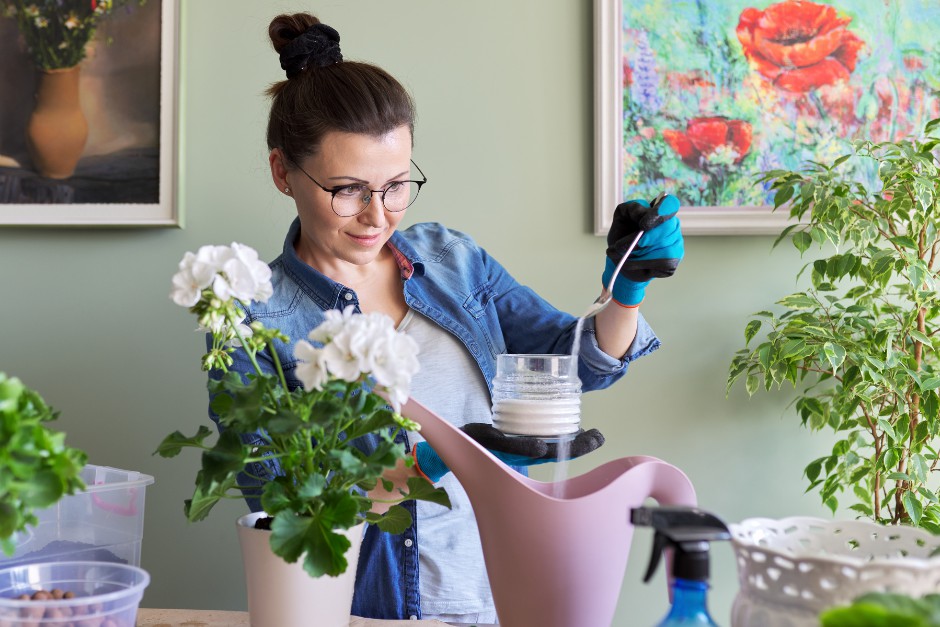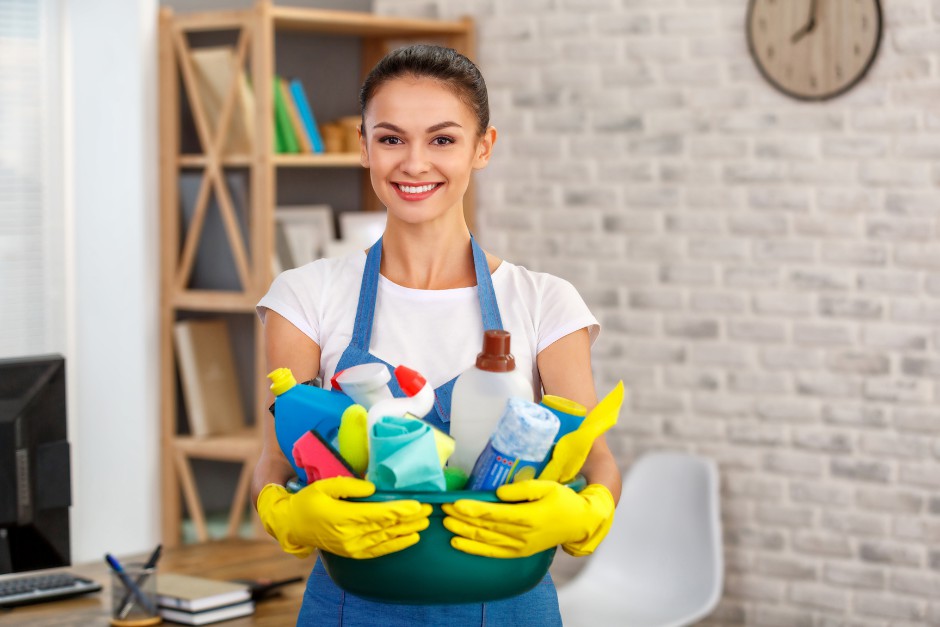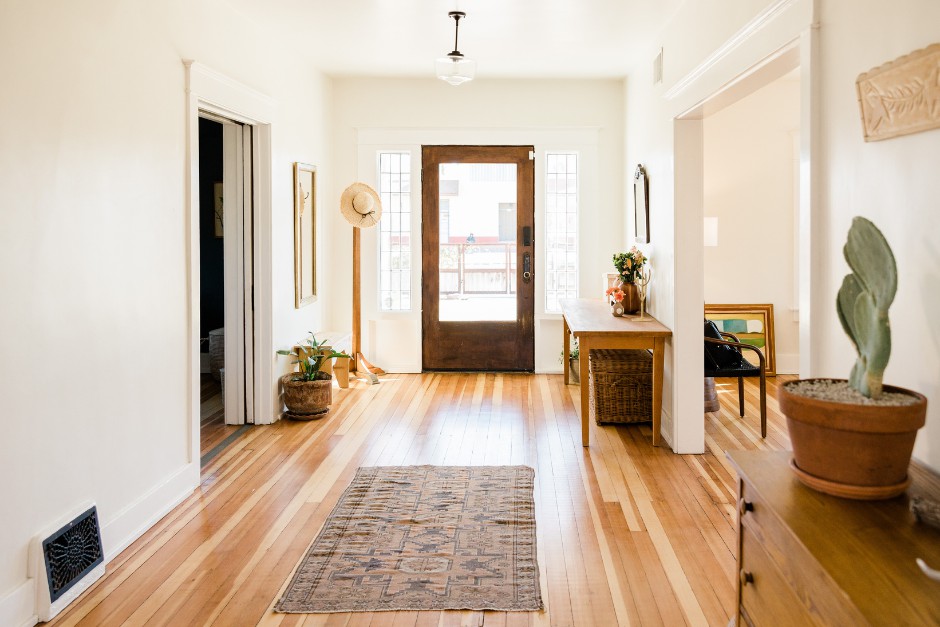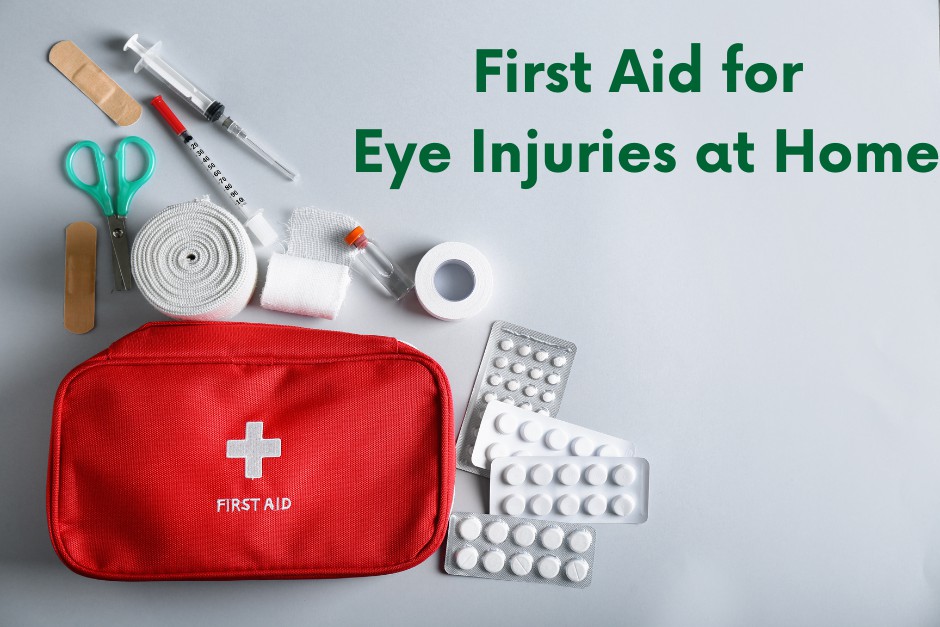Have you ever paused for a moment to appreciate the intricate beauty of your own eyes? These remarkable organs, with their astonishing ability to capture the world’s wonders, are your personal windows to the universe. Whether it’s the captivating colors of a springtime garden or the heartfelt words on the pages of a cherished book, your eyes make it all possible. But, believe it or not, there’s an often-overlooked threat to their well-being lurking right in the heart of your home.
In this article, we’re about to embark on a journey into the realm of eye safety at home. We’ll explore how the familiar surroundings of your daily life can pose unforeseen risks to your precious eyesight. From the seemingly harmless glow of digital screens to the chemicals residing in common household products, we’ll uncover the potential hazards that could affect your vision.
Potential Eye Risks at Home
Imagine the comforting embrace of your home, your sanctuary from the world’s chaos. It’s the place where you unwind, bond with family, and create cherished memories. But within the cozy confines of your home lies a paradox – a realm where unsuspected dangers can pose threats to your most precious sense: your eyesight. Let’s embark on a journey through the looking glass, exploring the unforeseen eye hazards that quietly reside within your home.
Digital Screens: The Modern-Day Dilemma
 In today’s digital era, screens are our companions from dawn till dusk. The radiant glow of our smartphones, the captivating allure of television, and the ever-present computer screens have become an inseparable part of our lives. Yet, beneath this digital screen, a silent menace lurks – digital eye strain. Hours spent staring at screens can lead to a condition where your eyes feel weary, dry, and discomforted, commonly known as digital eye strain. The consequences can extend beyond discomfort, affecting sleep patterns and overall eye health. With digital devices becoming an integral part of daily life, it’s crucial to manage screen time and incorporate strategies to reduce digital eye strain. One such strategy is the 20-20-20 rule, a simple reminder to take a 20-second break every 20 minutes and focus on something 20 feet away. It’s a small change with significant benefits for your eye health.
In today’s digital era, screens are our companions from dawn till dusk. The radiant glow of our smartphones, the captivating allure of television, and the ever-present computer screens have become an inseparable part of our lives. Yet, beneath this digital screen, a silent menace lurks – digital eye strain. Hours spent staring at screens can lead to a condition where your eyes feel weary, dry, and discomforted, commonly known as digital eye strain. The consequences can extend beyond discomfort, affecting sleep patterns and overall eye health. With digital devices becoming an integral part of daily life, it’s crucial to manage screen time and incorporate strategies to reduce digital eye strain. One such strategy is the 20-20-20 rule, a simple reminder to take a 20-second break every 20 minutes and focus on something 20 feet away. It’s a small change with significant benefits for your eye health.
Risks That Lurk in Everyday Activities
 Your home is not merely a physical structure; it’s a backdrop for your daily life. It’s where you work out, enjoy outdoor activities, and nurture your garden. These endeavors, though seemingly harmless, harbor subtle dangers that can lead to eye injuries. A simple jog can take a hazardous turn, and even the serene art of gardening can present risks. Contact with sharp tools or an unexpected encounter with flying debris can result in eye trauma. Wearing protective eyewear or goggles during these activities is a careful practice that significantly reduces the risk of eye injuries.
Your home is not merely a physical structure; it’s a backdrop for your daily life. It’s where you work out, enjoy outdoor activities, and nurture your garden. These endeavors, though seemingly harmless, harbor subtle dangers that can lead to eye injuries. A simple jog can take a hazardous turn, and even the serene art of gardening can present risks. Contact with sharp tools or an unexpected encounter with flying debris can result in eye trauma. Wearing protective eyewear or goggles during these activities is a careful practice that significantly reduces the risk of eye injuries.
Chemical Products in the House: An Unforeseen Danger
 As you walk in your house, you can encounter an array of chemical products that make everyday life more manageable. From potent cleaners and detergents to fertilizers and pesticides, these substances play crucial roles in maintaining a clean and healthy home. However, when they accidentally come into contact with your eyes, they can become sources of immediate irritation and damage. To minimize these risks, take a moment to read product labels carefully and adhere to safety guidelines when handling these items. In the event of an accidental encounter, remember that swift action is essential. Rinse your eyes with clean water for at least 15 minutes, and promptly seek medical attention.
As you walk in your house, you can encounter an array of chemical products that make everyday life more manageable. From potent cleaners and detergents to fertilizers and pesticides, these substances play crucial roles in maintaining a clean and healthy home. However, when they accidentally come into contact with your eyes, they can become sources of immediate irritation and damage. To minimize these risks, take a moment to read product labels carefully and adhere to safety guidelines when handling these items. In the event of an accidental encounter, remember that swift action is essential. Rinse your eyes with clean water for at least 15 minutes, and promptly seek medical attention.
Everyday Risks: An Unseen Danger
 Within the very heart of your home, seemingly harmless elements can transform into potential hazards. Accidental falls, unexpected bumps, or encounters with sharp furniture corners can result in eye injuries, varying from mild to severe. Even a minor incident can have profound implications for your vision. This is where awareness and caution come into play. Maintaining clear walkways and adding corner protectors to furniture are small yet significant measures that can safeguard your eyesight.
Within the very heart of your home, seemingly harmless elements can transform into potential hazards. Accidental falls, unexpected bumps, or encounters with sharp furniture corners can result in eye injuries, varying from mild to severe. Even a minor incident can have profound implications for your vision. This is where awareness and caution come into play. Maintaining clear walkways and adding corner protectors to furniture are small yet significant measures that can safeguard your eyesight.
It’s in these moments of vigilance that advanced low vision aids can make a world of difference. Devices like Zoomax low vision aids offer a ray of hope to individuals dealing with visual impairments. Acesight, for instance, stands as the most advanced E-glasses recommended by eye doctors, empowering visually impaired individuals to regain their vision and move around confidently. These aids aren’t just technological marvels; they symbolize the restoration of independence and the promise of a brighter future for those facing visual challenges.
The culmination of these potential eye risks can, if left unaddressed, lead to vision loss. This emphasizes the importance of adopting preventive measures and incorporating eye safety practices within your home environment. In the forthcoming sections, we’ll delve into first aid measures for handling eye injuries and explore tips for preserving optimal eye health within the comforting embrace of your home. Always remember, your eyes are irreplaceable, and protecting them within the sanctuary of your home is essential for a lifetime of clear vision.
First Aid and Dealing with Eye Injuries
In the event of an eye injury at home, it’s crucial to take immediate action. Here are some essential first aid measures:
- Wash Hands: Before touching your eye, make sure your hands are clean to avoid infection.
- Avoid Rubbing: Never rub your eye if there’s an injury, as it can worsen the damage.
- Cover the Eye: If there’s a foreign object in your eye, avoid trying to remove it and instead cover the eye with a clean, sterile bandage or gauze.
- Don’t Use Eye Drops: Avoid using over-the-counter eye drops or any other medications before consulting with a medical professional.
- Seek Medical Attention: In cases of eye injuries, it’s crucial to contact an eye doctor or seek immediate medical assistance. Do not delay, as quick action can help prevent further damage.

Preparing necessary medical supplies at home, such as saline solution, sterile bandages, and an eye patch, can be useful in case of emergencies. Having these supplies readily available can help address eye injuries promptly.
When experiencing an accidental injury that results in vision loss, the first step is to seek medical help as soon as possible so that the extent of the injury can be assessed and treated accordingly. If it’s diagnosed with low vision, the next key is to receive rehabilitation treatment and learn to use assistive technology devices, such as electronic video magnifiers, to increase the independence in life. These devices can help with daily tasks such as reading, navigating, and writing more easily.
Eye Safety at Home
Maintaining good eye health is a priority, and there are several steps you can take to safeguard your vision within your home environment.
Develop a Balanced Diet Habit
Eating a balanced diet that includes eye-friendly nutrients like vitamin A, C, and E, as well as zinc and omega-3 fatty acids, can help support eye health. Incorporate foods like leafy greens, colorful vegetables, fish, and nuts into your diet to provide essential nutrients for your eyes.
Control Screen Time
With digital screens becoming an integral part of our lives, it’s essential to manage screen time. Be mindful of the 20-20-20 rule and make conscious efforts to limit screen exposure, especially for young children. Consider using screen filters to reduce blue light exposure, which can contribute to digital eye strain.
Wear Sunglasses When Outdoors
Protect your eyes from harmful UV rays by wearing sunglasses when outdoors. UV exposure can increase the risk of cataracts and other eye conditions. Choose sunglasses that block 100% of UVA and UVB rays for effective protection.
Eye Safety Measures with Chemical Substances
When using chemical products at home, always follow safety instructions and guidelines provided on the packaging. Wear protective eyewear, such as safety goggles or glasses, to shield your eyes from potential splashes or fumes. In the event of accidental exposure, rinse your eyes with clean water for at least 15 minutes and seek immediate medical attention.
 Incorporating these eye safety measures into your daily routine can go a long way in preserving your vision within the comforts of your home.
Incorporating these eye safety measures into your daily routine can go a long way in preserving your vision within the comforts of your home.
In conclusion, your home is a place of comfort, but it’s not without potential risks to your vision. By being aware of these risks, practicing first aid measures in case of emergencies, and implementing eye safety precautions, you can protect your eyes and maintain good eye health. For those already facing vision challenges, low vision aids can provide essential support in regaining and enhancing their visual abilities, helping them lead fulfilling lives within the sanctuary of their homes.
References
https://www.aao.org/eye-health/tips-prevention/injuries-in-home
Eye Safety at Home
5 Tips for Healthy Eye Safety Habits in your Home

